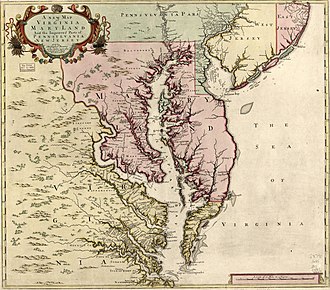Chesapeake Colonies
Settlements of the Chesapeake region grew slowly due to diseases such as malaria.
Due to the majority being men, eligible women did not remain single for long.
The native-born population eventually became immune to the Chesapeake diseases and these colonies were able to continue through all the hardships.
White indentured servants were also common in this region early in its settlement, gradually being replaced by African slaves by the latter half of the seventeenth century due to improved economic conditions in Europe and the resulting decrease in emigration to the Chesapeake region.
When finished, they might be given land,[3] or goods consisting of a suit of clothes, some farm tools, seed, and perhaps a gun.
